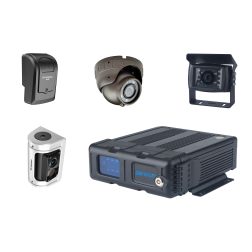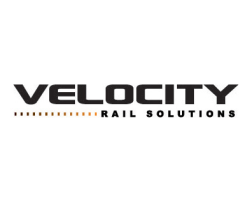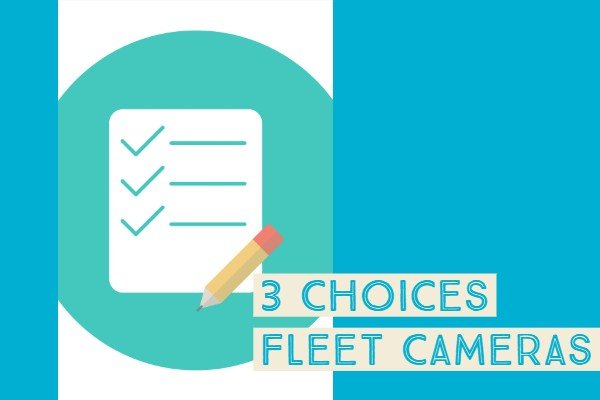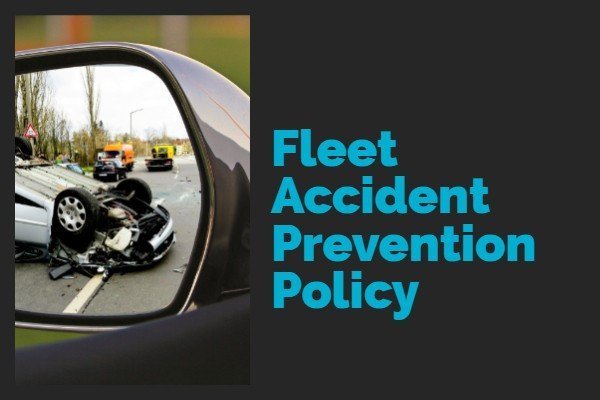
Fleet accident prevention is often the first item on a fleet’s safety department list. This makes perfect sense because a single accident can cost thousands of dollars, ruin a business’s reputation or even shut down the company.
Just how costly is an accident?
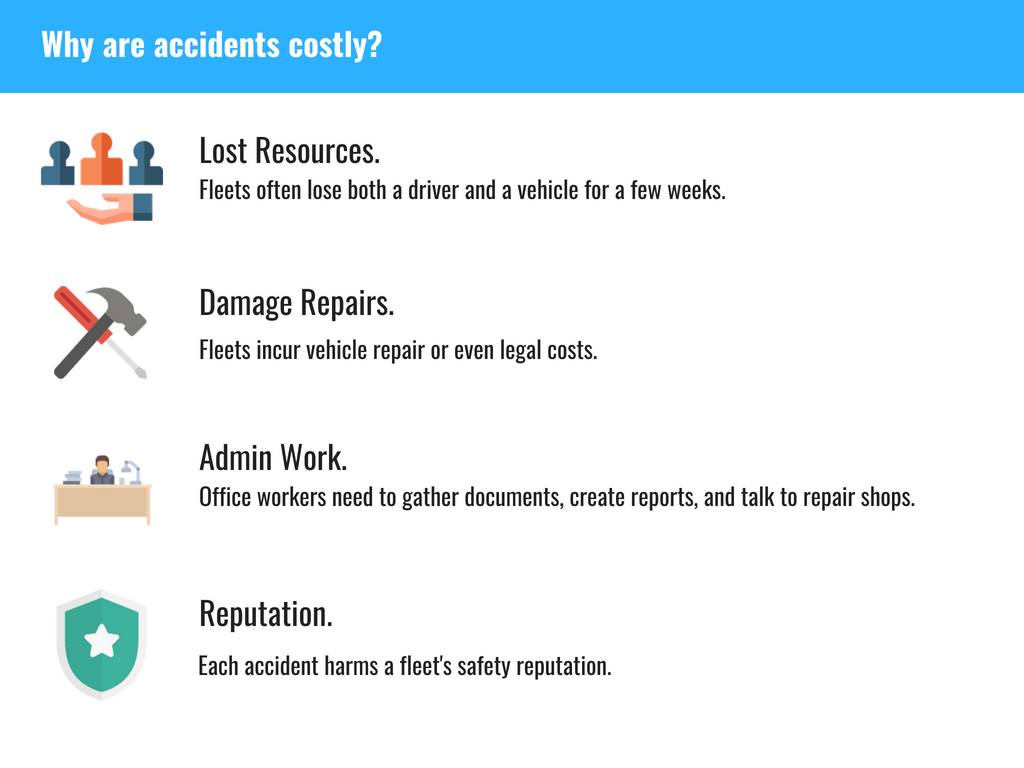
To summarize, very costly! A single accident costs thousands of dollars in direct and hidden costs. For instance, consider the following costs:
Lost resources. After an accident, a fleet often loses both a driver and a vehicle for a few weeks.
Damage repair. Accidents, especially major accidents, lead to costly vehicle repairs. In addition, a fleet might be on the hook for 3rd party insurance and legal damages.
Admin work. Accidents lead to more admin work. For instance, office workers need to gather documents, create reports, and talk to repair shops.
Reputation work. Last, but certainly not least, accidents harm a fleet’s reputation. Each accident label fleets as more unsafe, which results in lost business and higher insurance premiums.
5 best practices for fleet accident prevention
Safety Leadership
According to a wise quote, leadership starts at the top. This also applies in safety, where a lot of safety managers now tend to be ex-drivers. Why?
One of the most common driver complaints is they have “business suit” leaders. “I can’t respect a suit because they never drove in a truck before,” said one fleet driver. In response, a new trend include fleets promoting ex-drivers into safety leadership roles.
These organizations tend to be successful because driving vets have great practical ideas about safety and are generally well respected by drivers.
People Management
In addition to safety leadership, fleets prevent accidents by hiring and engaging good drivers.
Even though there is a shortage of drivers, fleets still need to prioritize safety. For instance, some fleets only hire drivers that passes a driving course and have several years of clean driving.

In addition, the safest fleets proactively assess driver risk after they are hired. For example, a fleet noticed that one of their drivers developed an eyesight problem. They documented the issue and ensured that the driver got eyecare.
Education Program
Another common fleet accident prevention strategy is creating education programs to promote driver safety.
For example, one fleet had a Fitness Challenge program because they recognized exercise promoted better driving performance. In the Fitness Challenge, managers gave drivers an allowance to buy healthy food and mobile exercise kits. In turn, the company noticed a drop in incidents, especially around fatigued driving.
Driving Training
Driver training programs should also be part of a fleet accident prevention strategy. The biggest difference between education programs and driving training is that driver training directly focuses on driving habits.

A good example would be ZenScore. ZenScore is an app that takes Geotab driving data and creates scorecards. Fleets can then use ZenScore to engage drivers by measuring areas where drivers struggle and by sending training videos that target those areas.
Driving Assistance Tech
Finally, some fleets equip fleet accident prevention hardware to help drivers stay safe on the road.
One of ZenduIT’s new additions is the Driver Distraction Cameras. Driver Distraction Cameras target driver fatigue and distracted driving by beeping loudly when detecting those events. In turn, drivers and managers are reminded to wake up and find a better place to sleep. As the DDC warns, this camera will be annoying if you are not driving properly!
Click here to learn more about the Distracted Driver Camera.


